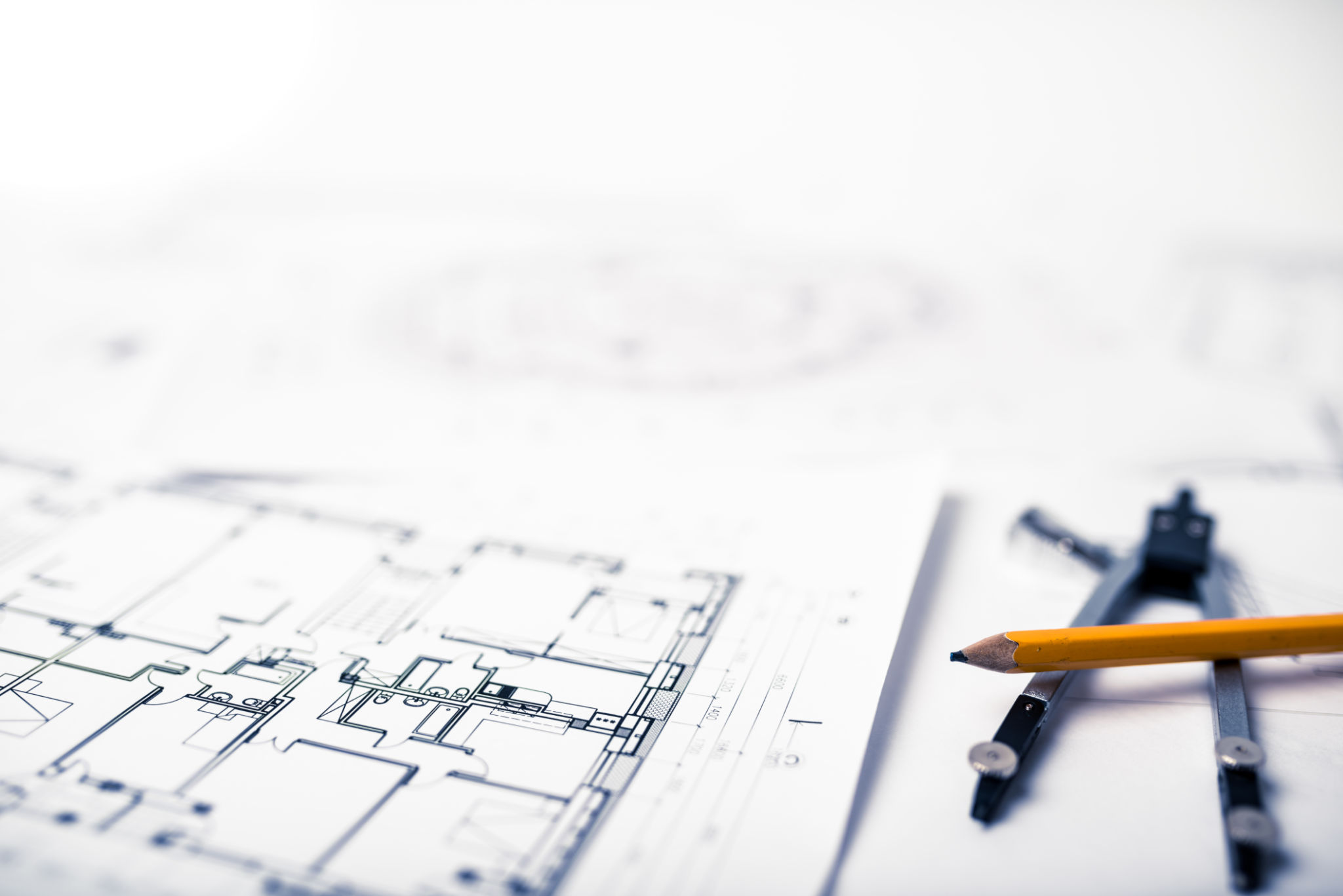Comprehensive Guide to Choosing the Right Construction Materials
Introduction to Construction Materials
Choosing the right construction materials is a critical step in the building process. The materials you select can affect the durability, aesthetics, and cost-effectiveness of your project. Understanding the different types of materials and their properties can help you make informed decisions that will benefit your construction project in the long run.
In this guide, we will explore various construction materials, ranging from traditional to modern options. Whether you're working on a residential, commercial, or industrial project, selecting the appropriate materials is essential for ensuring the success and longevity of your construction.

Understanding Material Properties
Before diving into specific materials, it’s crucial to understand the properties that make them suitable for construction. Key properties include strength, durability, thermal conductivity, and cost. Each material has its own unique combination of these properties, making it more or less suitable for different applications.
Strength refers to the ability of a material to withstand forces without breaking. Durability is about how well a material can endure environmental factors such as weathering and corrosion. Thermal conductivity is important for energy efficiency, as it affects how well a building can maintain temperature. Finally, cost is always a consideration, as it impacts the overall budget of a project.
Traditional Materials
Traditional construction materials such as wood, brick, and concrete have stood the test of time due to their reliability and availability. Wood is praised for its aesthetic appeal and versatility, while brick offers excellent fire resistance and thermal mass. Concrete is known for its strength and durability, making it a staple in many construction projects.

Modern Materials
With advancements in technology, modern construction materials have emerged, offering enhanced performance and sustainability. Steel is a popular choice for its high strength-to-weight ratio and recyclability. Glass is used extensively in modern architecture for its aesthetic appeal and natural light transmission.
Composite materials, which combine two or more constituent materials with different properties, are also gaining popularity. These materials offer superior strength, durability, and resistance to environmental factors compared to traditional materials.
Sustainability Considerations
As sustainability becomes a growing concern in construction, choosing eco-friendly materials is increasingly important. Materials such as bamboo and recycled steel are considered sustainable due to their low environmental impact and renewability. Additionally, using local materials can reduce transportation emissions and support regional economies.

Cost-Effectiveness
While it's important to consider the quality and performance of construction materials, cost-effectiveness remains a key factor for most projects. Balancing quality with budget constraints requires careful planning and consideration. Opting for materials that offer longevity and low maintenance can lead to long-term savings.
It's also beneficial to consider life-cycle costs when making decisions about construction materials. This includes not only the initial purchase price but also the costs associated with maintenance, replacement, and potential savings on energy bills over time.
Conclusion
Choosing the right construction materials involves a careful evaluation of various factors including strength, durability, sustainability, and cost. By understanding the properties and applications of different materials, you can make informed decisions that enhance the quality and success of your construction project.
Remember that the best choice of material will depend on the specific requirements of your project, as well as local building codes and environmental conditions. With the right approach, you can ensure that your construction is both functional and aesthetically pleasing.
